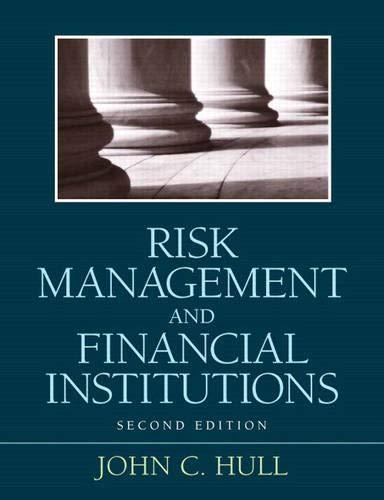

Download data on prices, times to maturity and coupon rates for SIX government bonds maturing in consecutive six-month intervals. Make sure that the accrued interest on the bonds, which you select, is as small as possible. Recall that Treasury bonds pay coupons either on the 15th of the month or on the last day of the month every six months. For example, if today's date is September 25, 2019 and you decide to download data for your project today, the first bond on your list should mature on March 15, 2020, the second on September 15, 2020, etc. These bonds paid their coupons in September 15, 2019, i.e. just ten days ago. The accrued interest on these bonds is negligible and you can ignore it in your calculations. If you choose bonds that mature either on September 30th of any year or on March 31" of any year, these bonds will pay their next coupon on September 30, 2019, i.e. in five days. The accrued interest on these bonds in very large and cannot be ignored. The best source of data for this project is Bloomberg. If you cannot make it to school to use Bloomberg, use Wall Street Journal data. 1. Using the bootstrapping method, calculate the first six elements of the term structure of interest rates. Remember, that US Treasury bonds pay semi-annual coupons and you need to adjust your calculations to take semi-annual coupons into account. The technique is exactly the same as with annual coupons, but your time period is six months. You will find semi-annual rates. Annualize the rates. In your report for this part of the LE. 2. Deliverables: For all deliverables you need to show formulas in symbols (not Excel formulas) as is done in lectures, Then show how you plug your data into these formulas. Write short verbal comments at the end of each step. a. Show how you convert annual coupon rates into semi-annual coupon payments in dollars. b. Show how to convert the ask price (you need to use the ask price for this project) from ticks into the dollar price. c. Create a time line (it will be a triangular table with each row showing cash flows of one bond). d. Show all your calculations for each of the six rates; include formulas and show how you plugged in your data into these formulas. You can use Equation Editor in Word to type any formula. e. Attach printouts with your data from Bloomberg or WSJ to your report as an Appendix. 3. Using Excel Chart menu, draw the graph of the term structure, with time periods on the horizontal axis and term structure rates on the vertical axis. Is the term structure increasing or decreasing? Discuss briefly. 4. Briefly comment on the information that the observed term structure implies for economic conditions, as perceived by market participants. Show all your calculations, graph and explanations. Report (including all the equations) should be typed. Download data on prices, times to maturity and coupon rates for SIX government bonds maturing in consecutive six-month intervals. Make sure that the accrued interest on the bonds, which you select, is as small as possible. Recall that Treasury bonds pay coupons either on the 15th of the month or on the last day of the month every six months. For example, if today's date is September 25, 2019 and you decide to download data for your project today, the first bond on your list should mature on March 15, 2020, the second on September 15, 2020, etc. These bonds paid their coupons in September 15, 2019, i.e. just ten days ago. The accrued interest on these bonds is negligible and you can ignore it in your calculations. If you choose bonds that mature either on September 30th of any year or on March 31" of any year, these bonds will pay their next coupon on September 30, 2019, i.e. in five days. The accrued interest on these bonds in very large and cannot be ignored. The best source of data for this project is Bloomberg. If you cannot make it to school to use Bloomberg, use Wall Street Journal data. 1. Using the bootstrapping method, calculate the first six elements of the term structure of interest rates. Remember, that US Treasury bonds pay semi-annual coupons and you need to adjust your calculations to take semi-annual coupons into account. The technique is exactly the same as with annual coupons, but your time period is six months. You will find semi-annual rates. Annualize the rates. In your report for this part of the LE. 2. Deliverables: For all deliverables you need to show formulas in symbols (not Excel formulas) as is done in lectures, Then show how you plug your data into these formulas. Write short verbal comments at the end of each step. a. Show how you convert annual coupon rates into semi-annual coupon payments in dollars. b. Show how to convert the ask price (you need to use the ask price for this project) from ticks into the dollar price. c. Create a time line (it will be a triangular table with each row showing cash flows of one bond). d. Show all your calculations for each of the six rates; include formulas and show how you plugged in your data into these formulas. You can use Equation Editor in Word to type any formula. e. Attach printouts with your data from Bloomberg or WSJ to your report as an Appendix. 3. Using Excel Chart menu, draw the graph of the term structure, with time periods on the horizontal axis and term structure rates on the vertical axis. Is the term structure increasing or decreasing? Discuss briefly. 4. Briefly comment on the information that the observed term structure implies for economic conditions, as perceived by market participants. Show all your calculations, graph and explanations. Report (including all the equations) should be typed








